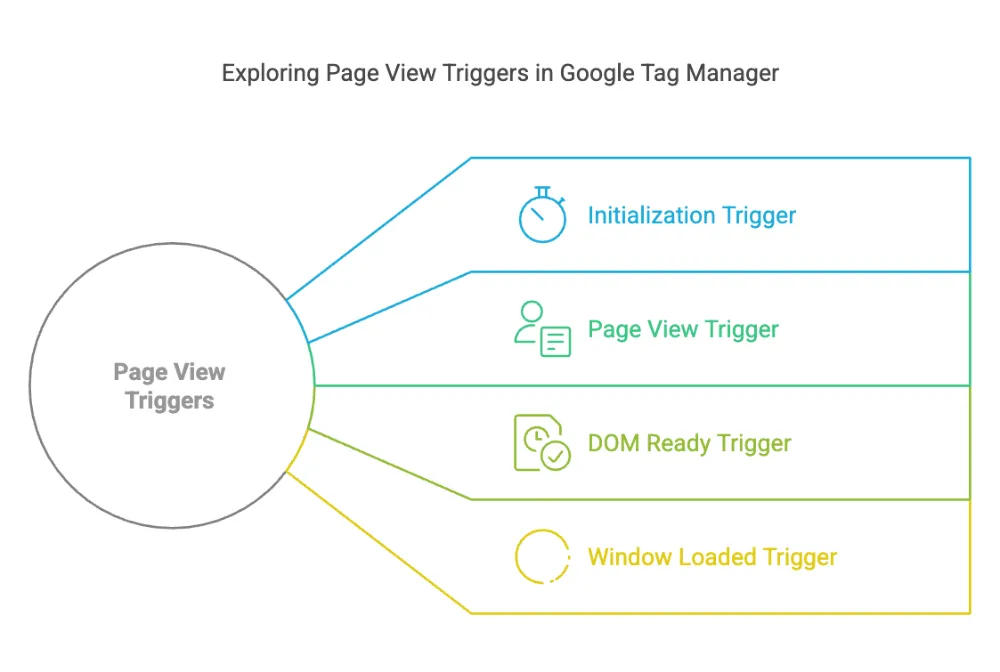why financial year starts from 1st april in india
If someone asks what month it is in India, they often say, "It's January, it's the new year, what are you talking about?" Even when teaching children the months, we usually focus on January, February, March. Interestingly, in India, some people may not know English well, but if you ask them about the months, they will mention these same ones.
However, in the Hindu calendar, the new year starts with the month of Chaitra, which falls in March or April. The sequence then goes on with Baisakhi, Jyeshth, Ashad, Shravan, Bhadrapad, Ashwin, Kartik, Margashirsha, Poush, Magh, and Phalgun.
In India, the financial year doesn't start on January 1st like it does globally, but from April 1st to March 31st. This raises some questions.
Question 1: Why align with the Hindu calendar?
The majority of people in India being Hindu provides a logical reason for aligning the national calendar. The agricultural sector, rooted in Hindu traditions, follows a calendar that mirrors the farming cycles.
Question 2: How does it connect with the agricultural cycle?
The agricultural calendar, intertwined with Hindu months from Chaitra to Falgun, aligns perfectly with the Rabi and Kharif cropping seasons. This synchronization is crucial because agriculture is a significant part of India's economy.
Understanding India's Agricultural Calendar:
Question 3: Why is Chaitra significant?
Chaitra marks the Hindu New Year, usually in March or April, aligning with the beginning of the agricultural cycle. It signifies the start of farming activities.
Question 4: Why follow the Rabi and Kharif seasons?
The Rabi season, from October/November to March/April, involves the sowing and harvesting of crops like wheat. Kharif, from June to September/October, focuses on monsoon-sown crops like rice, creating a diverse and sustainable agricultural calendar.
Budget Presentation and Agricultural Synchronization:
Question 5: Why present the budget in February?
The government presents the budget in February, allowing time for approval and implementation before the new financial year starts in April.
Question 6: How does this link to the agricultural cycle?
The timing of the budget presentation aligns with the agricultural cycle, ensuring financial allocations cater to both the Rabi and upcoming Kharif seasons. This supports a comprehensive approach to farming needs.
Conclusion:
By aligning the financial year with the crop season, the government can effectively plan and allocate resources for agriculture and related activities. For example, the government can announce agricultural policies, allocate funds for subsidies and credit, and plan the procurement and distribution of food grains based on the estimated crop output for the upcoming year.
The alignment of the financial year with the crop season also benefits farmers and businesses involved in agriculture. They can make financial decisions based on the expected crop output and plan their investments and expenditures accordingly.
Overall, the coincidence of the Indian crop season with the financial year has significant implications for the agriculture sector and the economy as a whole. It has been an important factor in the development of agricultural policies and practices in India. By aligning the fiscal calendar with the agricultural cycle, the government ensures a strategic and timely allocation of resources, supporting the farmers who form the backbone of the nation.


